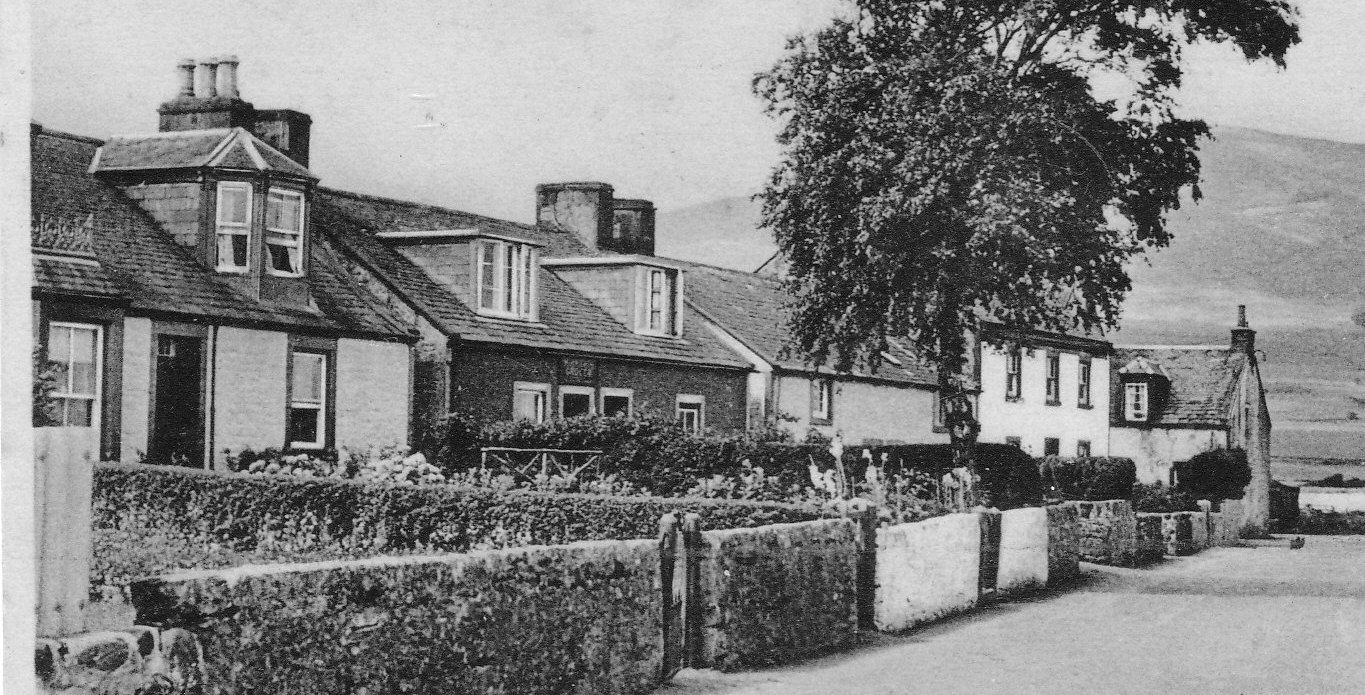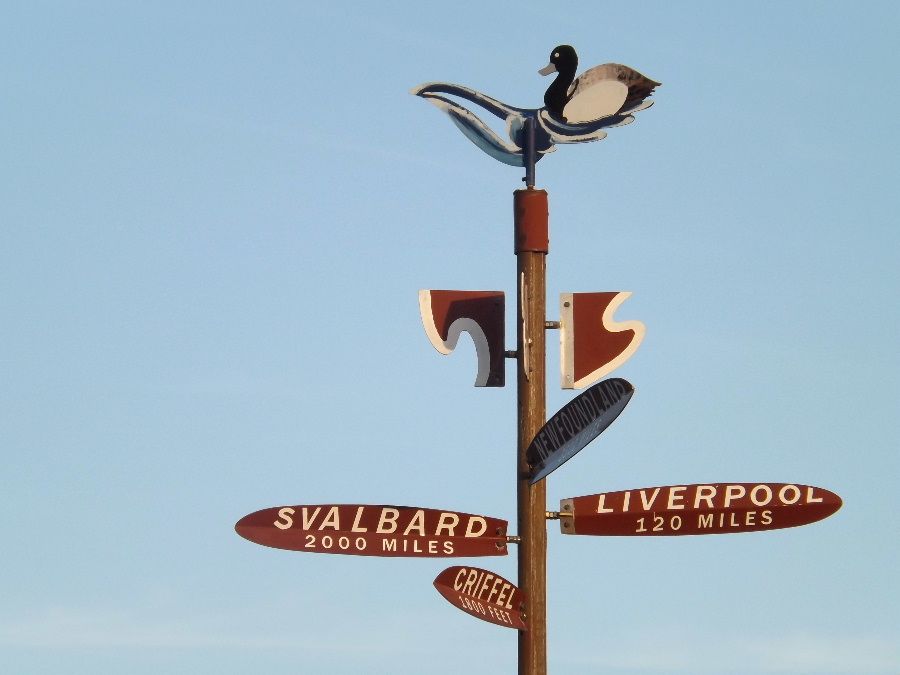Carsethorn
During the 18th and early 19th centuries, this small, tranquil coastal village was a busy port with regular sailings to Liverpool, The Isle of Man and Ireland. Some 21,000 emigrants left Scotland from here for a better life in the New World.
But the arrival of the railway in Dumfries in 1850, along with the cost of the many improvements needed to navigate the channel, led to a gradual decline in seaborne trade and, by the early 1900s, there was very little left.
Today, Carsethorn is a pretty village consisting of a line of cottages facing out across The Solway Firth. Almost certainly the biggest attraction in the village is The Steamboat Inn - a popular local hostelry with both residents and visitors alike, serving lunches, dinners, fine ales and spirits seven days a week, all year round. The Steamboat, with its nautical theme, also offers comfortable bed and breakfast accommodation.
The local beaches and the bird-rich merse where millions of seabirds live or over-winter are part of the rich natural heritage of the parish. Visitors to a Wildfowl & Wetlands Trust Reserve on the far side of the Nith come round by the coachload to watch birds on the Carsethorn foreshore, before continuing to the RSPB nature reserve at Mersehead.
And whilst the original pier is no longer in use, the beach is frequently visited by pleasure boats and yachts, some of which anchor in the mouth of the burn north of the old pier. In 2006 there was a revival in the cockling industry, with cockles being harvested at low tides by professional collectors. In more recent years the practice has fallen back into decline.

Main village road looking south

The old jetty

Our beloved pub, The Steamboat Inn

View of Criffel from the main street

Finger post sign with our native Barnacle Goose
Notes on the Jetty at Carsethorn by Alfred Truckell
With grateful thanks to Linda Sibbons (nee Truckell), niece of Alf Truckell, who typed this article from her uncle's original handwritten notes.
The jetty was built by the Nith Navigation Commission in 1831 for the use of the Liverpool Steam Packet Company which, from 1828, had been running a paddle wheel service.
Aunt's (Auntie Mame, wife of John Robson who lived upstairs at Castlerag) aunt and uncle sailed to America from there.
I remember Uncle Willie (Captain Robson) and Charlie Cummings talking about a hard season at the Carse in the 1850s: food was scarce and dear and there was little employment. The whole village went out to the mussel beds and filled hundreds of sacks in time to load them at the jetty on to the Packet which was bound for Liverpool. They got paid in cash then came up to Dumfries and bought food... the mussels tided them over until he end of the crisis. This may have been during the trade slump which, in 1851, forced over 10,000 people to sail to North America through the port of Dumfries, over 7,000 to Australia and over 4,000 to Canada, mainly Otago Province.
It is known that a high proportion of these folk sailed from Carsethorn Jetty from where, in 1872, the entire village near Dunscore, nicknamed 'The Busy Bit', sailed for Sydney during another trade slump....villagers, the schoolmaster, a neighbouring blacksmith and Clydesdale horses, the first to reach Australia. They took six months to reach Sydney and the letters they posted there reached the Jetty a year to the day after their departure.
An article in an early 'Gallovidian', reminiscing on the emigrations, recounts how the country folk would arrive at the Jetty with their possessions and the sacks of oats that would feed them on their voyage piled on a cart. They would sell the horse and cart for ready money and some, seeing a rough sea for the first time, would sadly turn and go back home......... better the poverty they knew than face THAT! But most steeled their hearts and went. Excursions also sailed from the Jetty to Workington, Whitehaven and Douglas (Isle of Man), as late as the 1890s.
On the night of 23rd December 1894, Captain Robson's schooner, the 'Mary Alice', was moored at the Jetty. Captain Robson was at home and only young Kirkpatrick, the cabin boy, was on board. There was a most tremendous storm; the ship was moored fore and aft. It was a black, dark night and when the late dawn came, she was gone........ broken up on the North Bank. The lad was never seen again. Mother (Mary Robson), five years old at the time, remembered the event all her life and the gloom it cast on the whole village. Uncle Willie never forgot it........ he felt guilty all his life. It was felt that if the ship had been moored only at the bow or stern and not both, she might not, in those conditions, have been carried away although the double mooring was sound practice. That was a black Christmas for the village.
By the way, the Jetty was sold in 1846 to be relocated at Kelton but it never went.
